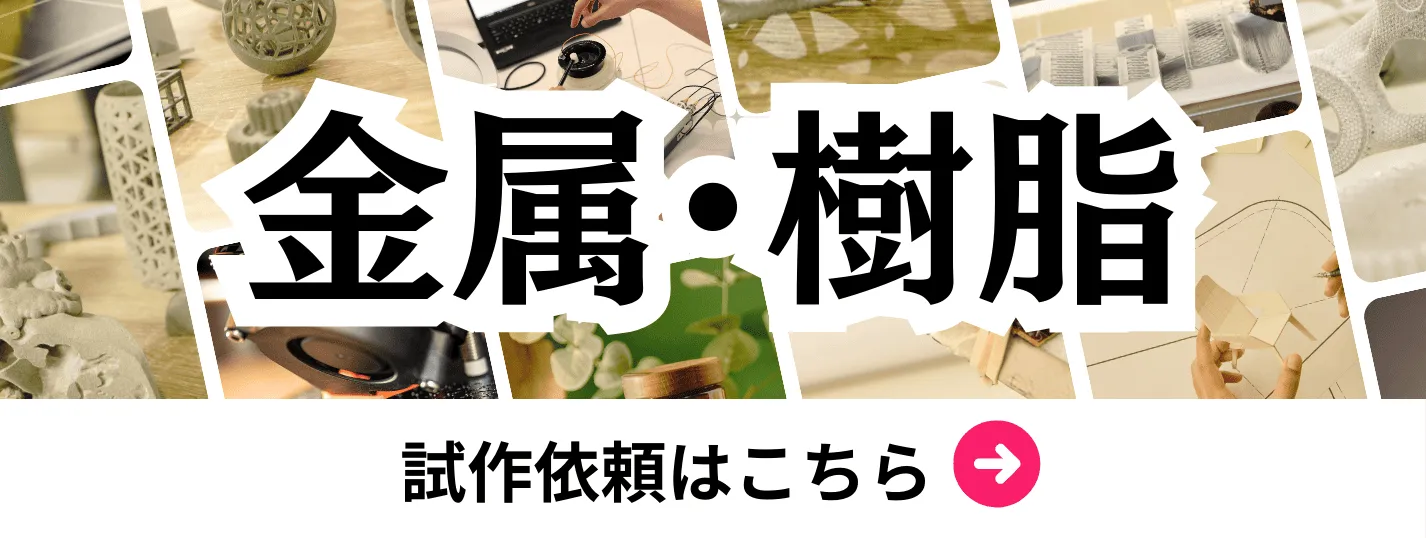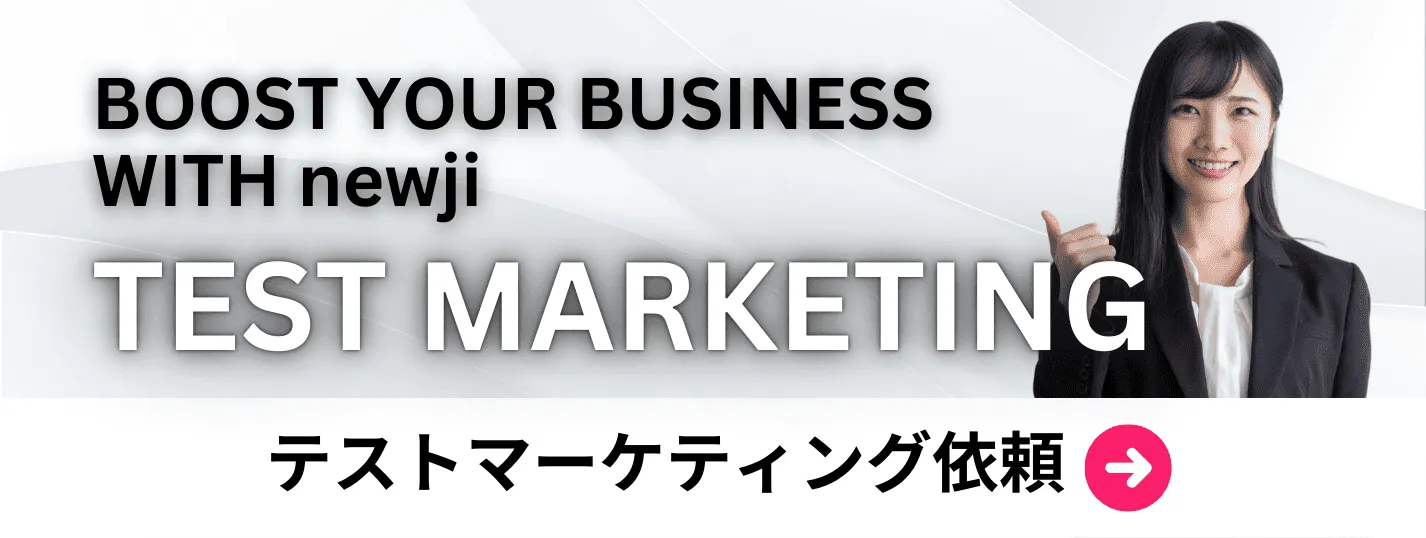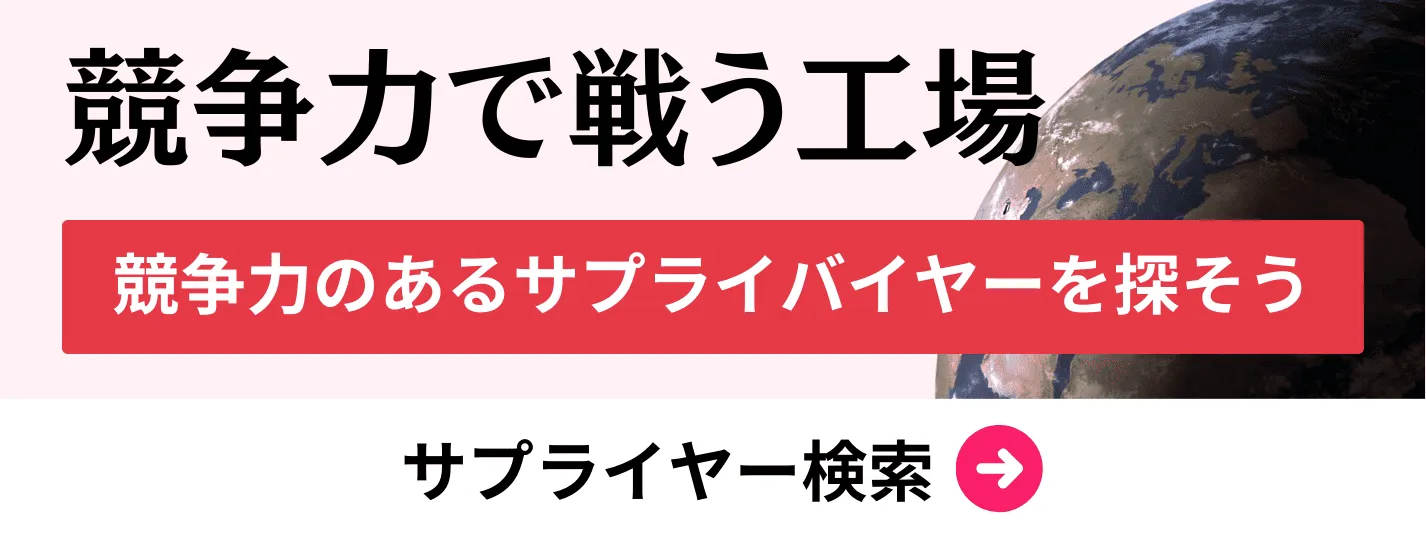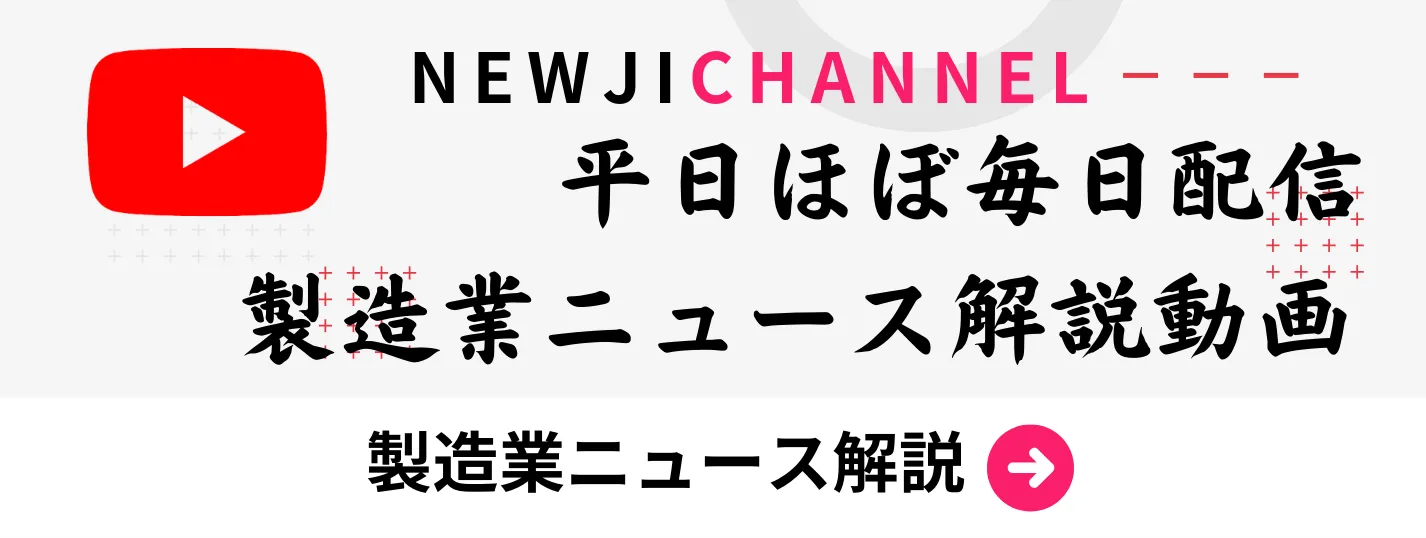- お役立ち記事
- Fundamentals of wearable sensing/small sensor technology and application to application development
月間76,176名の
製造業ご担当者様が閲覧しています*
*2025年3月31日現在のGoogle Analyticsのデータより

Fundamentals of wearable sensing/small sensor technology and application to application development

目次
Introduction to Wearable Sensing
Wearable sensing technology is revolutionizing the way we interact with technology and monitor our health.
It encompasses devices that are worn on the body and contain sensors to collect and transmit data.
These devices are not only transforming personal health monitoring but are also used in fields like sports, fitness, and even everyday wellness.
This technology is becoming an integral part of our lives, offering a seamless integration of digital functionalities with our daily routines.
The Basics of Wearable Sensors
Wearable sensors are small electronic devices equipped with sensing capabilities to gather data on physiological and environmental parameters.
They can track various metrics like heart rate, body temperature, and physical activity.
These sensors often include accelerometers, gyroscopes, chemical sensors, and more.
Their small size and lightweight nature make them ideal for embedding into wearables like watches, bands, and clothing.
Types of Wearable Sensors
1. **Accelerometers and Gyroscopes:**
These sensors measure movement and orientation.
They are essential for tracking steps, monitoring physical activity, and assessing balance.
2. **Biometric Sensors:**
These sensors measure physiological data such as heart rate, blood pressure, and oxygen saturation.
They are crucial for health monitoring and fitness tracking.
3. **Environmental Sensors:**
These sensors assess external parameters like temperature, humidity, and UV exposure.
They help users understand their environment and adjust their activities accordingly.
Small Sensor Technology
The advances in miniaturization and sensor efficiency have led to the development of small sensor technology.
This technology is pivotal in expanding the potential and applications of wearable sensors.
Miniaturization Benefits
Miniaturizing sensors makes them less intrusive and more comfortable to wear.
This is significant for devices intended for continuous use, such as health monitors and fitness trackers.
A smaller size also allows these sensors to be integrated into a wider range of wearable formats, from clothing patches to eyeglasses.
Energy Efficiency
Modern sensors are designed to consume minimal power, extending the battery life of wearable devices.
This is an essential factor as it ensures users can make the most of their devices without frequent recharging.
Energy-efficient sensors also help in creating more sustainable electronic solutions.
Applications of Wearable Sensing Technology
Wearable sensing technology has numerous applications across various sectors, enhancing the way services are delivered and improving user experiences.
Healthcare Monitoring
Wearable sensors play a critical role in managing health conditions by allowing continuous health monitoring and real-time feedback.
For instance, they can alert users and healthcare providers about irregular heart rates or blood sugar levels, enabling timely medical intervention.
Fitness and Sports
In fitness and sports, wearable sensors provide valuable insights into athlete performance and training efficacy.
They help track metrics such as speed, endurance, and recovery, guiding athletes to optimize their routines and achieve better results.
Personal Wellness
For general wellness, these sensors encourage a proactive approach to health.
They can monitor sleep patterns, stress levels, and overall activity, helping users make informed lifestyle choices.
Developing Applications Using Wearable Sensing Technology
With the proper understanding of wearable sensing and small sensor technology, developers can create innovative applications that cater to diverse needs.
Innovation Potential
The versatility of wearable sensors provides a broad canvas for innovation.
Developers can create apps that leverage collected data to deliver personalized advice, gamify fitness experiences, or even develop new avenues for remote patient monitoring.
Challenges in Application Development
While the potential is vast, developers face challenges such as ensuring data privacy, integrating IoT capabilities, and maintaining user-friendliness.
Addressing these challenges is vital for ensuring user trust and satisfaction.
Conclusion
Wearable sensing technology and small sensors are key drivers of the current technological evolution.
As we continue to explore their potential, these devices promise to create richer, more responsive technology experiences across various fields.
Developers, healthcare professionals, and end-users must collaborate to harness these innovations, ensuring they meet both present needs and future demands.
In this rapidly advancing field, staying informed and open to new possibilities will pave the way for groundbreaking applications and improved quality of life.
 資料ダウンロード
資料ダウンロード
QCD管理受発注クラウド「newji」は、受発注部門で必要なQCD管理全てを備えた、現場特化型兼クラウド型の今世紀最高の受発注管理システムとなります。
 ユーザー登録
ユーザー登録
受発注業務の効率化だけでなく、システムを導入することで、コスト削減や製品・資材のステータス可視化のほか、属人化していた受発注情報の共有化による内部不正防止や統制にも役立ちます。
 NEWJI DX
NEWJI DX
製造業に特化したデジタルトランスフォーメーション(DX)の実現を目指す請負開発型のコンサルティングサービスです。AI、iPaaS、および先端の技術を駆使して、製造プロセスの効率化、業務効率化、チームワーク強化、コスト削減、品質向上を実現します。このサービスは、製造業の課題を深く理解し、それに対する最適なデジタルソリューションを提供することで、企業が持続的な成長とイノベーションを達成できるようサポートします。
 製造業ニュース解説
製造業ニュース解説
製造業、主に購買・調達部門にお勤めの方々に向けた情報を配信しております。
新任の方やベテランの方、管理職を対象とした幅広いコンテンツをご用意しております。
 お問い合わせ
お問い合わせ
コストダウンが利益に直結する術だと理解していても、なかなか前に進めることができない状況。そんな時は、newjiのコストダウン自動化機能で大きく利益貢献しよう!
(β版非公開)









